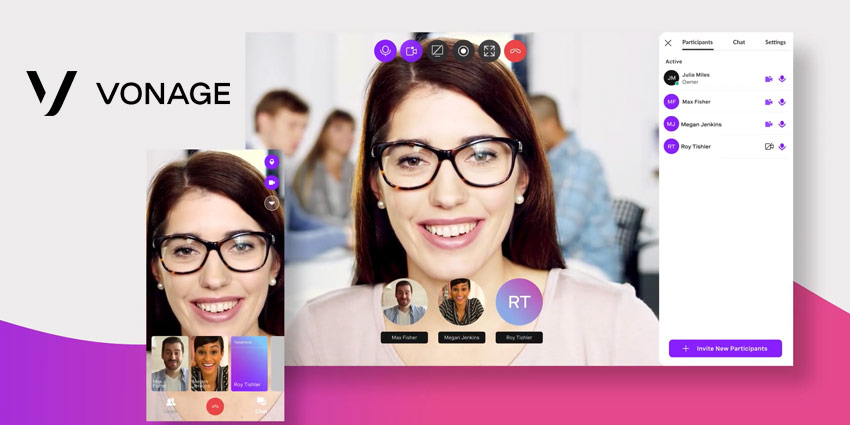Sagi Dudai is Vonage’s Chief Technology Officer, and could be the most passionate individual I’ve ever met when it comes to high developer output. He said the development team over at Vonage takes an assertive path when it comes to product advancement, and COVID-19 has helped to speed that along.
“Before the pandemic, we already had a streamlined strategy and roadmap in place. When the pandemic hit, we were well-prepared to enable both our employees and our customers, to support the remote work capabilities required for our new normal”
Dudai called this staying ahead of the curve and being fast-to-react to market trends. “It’s easier to be quick, but you also have to be consistent, flexible, and reliable,” he contends. For the past eight months, the world has undergone massive change, which Dudai said, caused Vonage to speed up its software roadmap in response to the increased need for tools that enable remote working, business continuity, and the remote delivery of services.

The level of usage and adoption of Vonage’s services expected over a multi-year basis became a reality in a matter of months, I’m told. In response, Vonage prioritized these features to the top of its development list, such as a standalone video collaboration product – Vonage Video Conferencing – free until the end of the year to help customers. “These features were critical for customers during this difficult time, so we wanted to make them available now. In the process, we onboarded new customers across all industries who have needed to provide their employees with remote work capabilities and their customers with uninterrupted services, including telehealth, e-learning, finance, and fitness.”
Tackling scale at such a rapid rate wasn’t a feat, according to Dudai, noting that Vonage saw a 232% increase in video traffic among customers in March. He credits the company’s cloud-native software with its ability to handle the influx of newfound customers who needed to quickly – sometimes overnight – spin up a virtual work environment, contact center, or remote work capabilities for their employees.
Vonage’s ever-growing ecosystem of partners in combination with sales, engineering, and implementation teams on the ground also played an important role in driving feedback around product enhancements and roadmap prioritization.
Elasticity, otherwise known as resiliency, is the biggest asset of the cloud, Dudai said. At Vonage, employees were fortunate in that they were already using the tools needed to transition to full-time remote work, leveraging the Vonage Communications Platform – a powerful combination of unified communications, contact center, and communications APIs for internal and external collaboration, which helped them to navigate this influx and scale on such a massive level.
As with many companies in the COVID era, Vonage’s 2,400-strong workforce has been able to work from home during this time. But as businesses begin to open their doors Dudai said, companies should plan to support a hybrid-work model, which will likely be the new norm in a post-COVID-19 society. He added, our way of working has fundamentally changed, and this will likely be a constant as workforce strategies continue to embrace a distributed, but highly connected, work environment.







